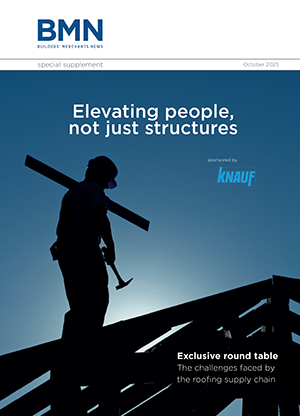The impact of a skills gap on the growth of the industry has become more apparent with the results of the latest Markit CIPS index.
In addition to outlining 15 months of sustained employment growth, the index revealed a record reduction in the availability of subcontractors and a respective rise in rates charged.
“The sector is struggling to find enough skilled tradesmen to keep pace with new work, and the labour market will continue to put pressure on costs until the next wave of apprentices begins to enter the jobs market,” explained David Noble, group chief executive officer at CIPS.
Also challenging the construction market is the difficulty in sourcing building materials. What and where are the solutions? A recent guest post from Mark Combes suggests upskilling those already in the industry can work to ease the skills gap problem, though a future plan is still very much required and this extends to the future of construction as a whole and not just securing skills stability, according to Jewson Tools.
The company has suggested that sustainable construction is one area of development where solutions to the skills gap and materials shortages could be developed simultaneously. The OECD is currently working to develop sustainable construction policies for its member countries in recognition of the fact the industry accounts for approximately 30% of primary energy use within them. Along with consideration of energy and materials use, sustainable construction incorporates deliberation of elements that impact health and wellbeing, such as space and light, and all for the lifetime of the building.
Jewson Tools has shared Foundation Plus, an interactive resource designed to provide young people with a number of routes to developing solutions in areas such as sustainable construction.






